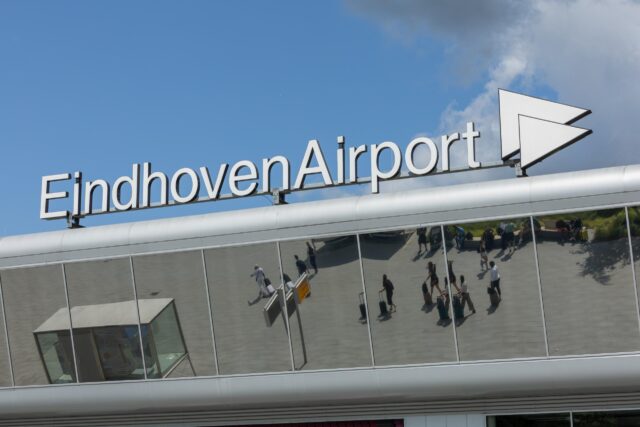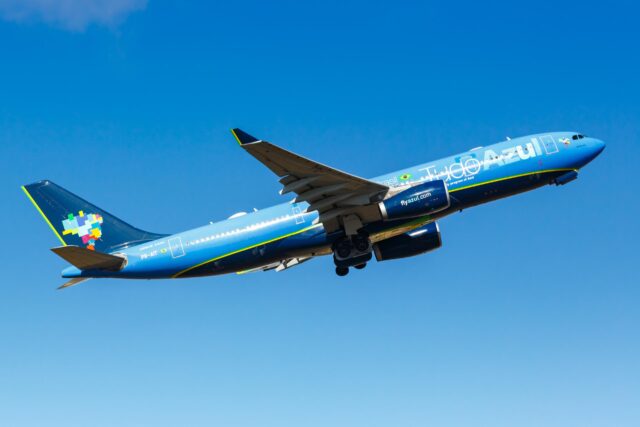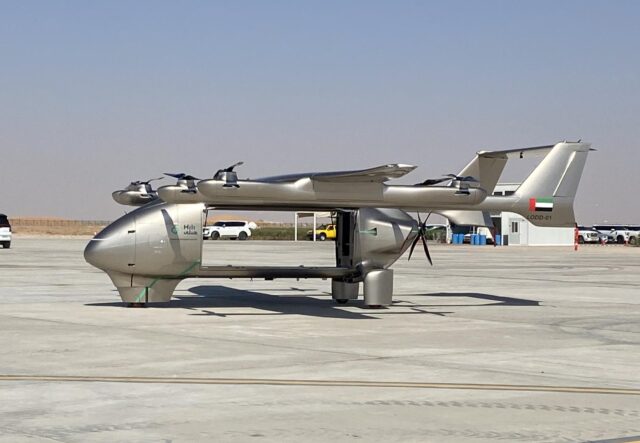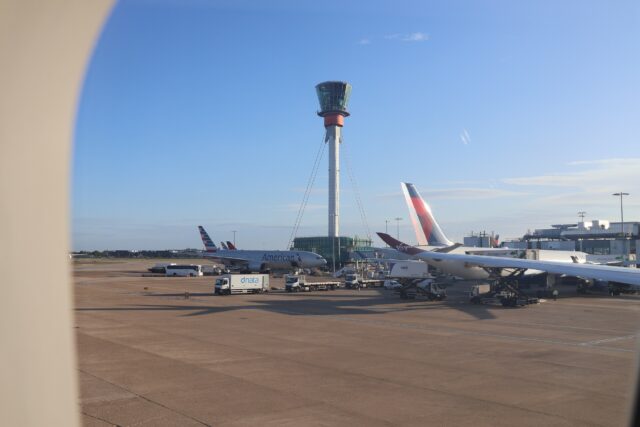Canada’s quiet challenger: Horizon Aircraft eyes 2026 for full scale Cavorite eVTOL test flights

June 26, 2025

The advanced air mobility landscape is littered with the corpses of overpromised timelines, flashy renders and prototypes that have never flown. But Horizon Aircraft is doing things a little differently, quietly making progress on an aircraft that actually works.
With hundreds of test flights already logged and a sophisticated certification plan in motion, Horizon is steering clear of the theatrics in favour of focussed engineering milestones and honest, hard work.
Now, the company is building its first full size Cavorite aircraft and expects to fly it within 18 to 24 months, potentially putting it ahead of some of its closest competitors.
Horizon Aircraft: Quiet progress without the hype
Arriving at the Horizon Aircraft stand at the Paris Air Show, I could immediately tell this was something quite different.
Most of the eVTOL and AAM companies showcased in Le Bourget splashed out on huge exhibition spaces, complete with full size aircraft mock-ups, flashy graphics and dramatic music.
In contrast, if you weren’t looking for them, you might not have known Horizon Aircraft was even there. Perched on the edge of the ‘Invest in Ontario’ stand, company CEO Brandon Robinson sat at a simple table, flanked by a modest TV screen showing rolling footage of the Cavorite X7 taking its first transition flight.

“We’re not the shiniest company when it comes to marketing, but we’re trying to tell our story right,” Robinson explains to AGN. “We’re just a bunch of hard working engineers that are trying to stay laser focused on building a great machine that’s safe for the end user.”
With a mantra to be a company that under promises and over delivers, Horizon is attempting to steer clear of the hype that surrounds eVTOL development. And yet, it’s further ahead in some aspects than the companies that make all the noise.
Armed with an innovative design, regulatory support and an ambitious, experienced team, Horizon Aircraft’s low-key, milestone-led progress is quietly advancing at pace.
How far along is Horizon Aircraft’s Cavorite X7 development now?
The Cavorite is the most unique eVTOL in development today. Rather than opting for the tilt-rotor design or dedicated vertical lift surfaces seen on many eVTOL models, Horizon Aircraft is testing a fan-in-wing arrangement, where the eVTOL lift fans are located inside the wing itself.
In May, Horizon proved its technology with the first transition flight of its large scale demonstrator aircraft. “It’s the only aircraft in the world, in history, that has ever transitioned in that manner,” Robinson explained proudly.
Indeed, the Cavorite’s unique design, with fans embedded in the wings that are covered over for conventional flight, is a technically elegant solution to achieving vertical lift and landing. However, it’s not easy to get right, with complex mechanisms to open and close the wing panels and tough challenges in cooling, weight distribution and redundancy.
Validating the flight characteristics with the scale prototype was a significant milestone for the aircraft, and sets the stage for the next stage of development.
“We’ve learned as much as we can from [the prototype],” Robinson says. “It has gone on hundreds of flight tests, and we’re pretty proud of its performance. And now we’ve learned enough to be able to build the full-scale aircraft.”

At its home in Southern Ontario, Horizon is already spinning up full scale propulsion units and testing cooling systems and the wing opening mechanism for the full size aircraft. Testing rigs are being constructed to prove out all the subsystems, and the development is progressing fast.
“We’ll have a full scale aircraft ready to start testing in about 18 to 24 months,” Robinson confidently asserts.
Certifying the Cavorite with Transport Canada
Once the full scale aircraft is built and flying, the next hurdle will be to secure certification for it to begin operating.
Horizon Aircraft is working with Transport Canada Civil Aviation (TCCA), a deliberate choice not just because Horizon is a Canadian company, but also because TCCA is seen as more agile than the FAA.
“TCCA isn’t inundated with hundreds of companies approaching them for certification,” Robinson explains. “That’s an advantage for us to be able to move a little bit more quickly and efficiently.”
To smooth the pathway to certification, Horizon has enlisted the support of Dr John Maris, a decorated Canadian aerospace expert and the founder and President of Cert Center Canada (3C), an independent flight test, research, and certification organisation. Maris sits on the board of Horizon Aircraft, and provides valuable support as the Cavorite progresses towards certification.
“Having someone like that on the board who has been involved in the planning from the start has given us great visibility on the certification process,” Robinson notes. “We’ve got a plan for certification, and it’s a very sophisticated and well-informed plan.”
Once TCCA approval is secured, Horizon can apply for reciprocal validation from other regulators such as the FAA and EASA. This could involve a handful of additional tests, but the heavy lifting will already be complete.
So when will we see a certified Cavorite in the sky?
“We like to under promise and over deliver, so we say ‘before 2030’,” Robinson says. “But I think we can do it sooner than 2030. Much sooner.”
















